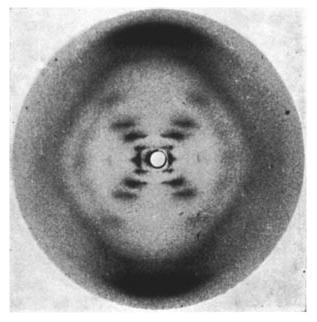This week some rather pessimistic articles on graphene’s commercial potential appeared in the UK press. On Tuesday, Aditya Chakrabortty commented in the Guardian on “How UK wonder substance graphene can’t and won’t benefit UK“, highlighting some pretty poor statistics when it comes to the innovation in graphene here in the UK, where Andrei Geim and Kostya Novoselov carried out their pioneering research:
Our record with graphene has been similarly dismal. Consultants calculate that China has taken out more than 2,200 patents on the material; the US more than 1,700; South Korea is closing in on 1,200. And the country that discovered it? Just over 50.
One of the problems, Geim is quoted in the article, is that there isn’t industrial sponsorship for his research:
Here is one of the world’s great scientists, pointing out that British businesses are either incapable or unwilling to use his inventions. The effect is rather like James Watt complaining that he can’t find any takers for his new steam engine.
This negative picture from a research perspective has been contrasted from the industrial side with a commentary by Jonathan Ely in the Financial Times this Saturday, saying there is too much investment into graphene: “The growing graphene investment bubble” (reading this link requires free registration at the FT). For Ely it seems the problem is not the industrial side – several companies now are on the market aiming to commercialize graphene – but that there is just nothing interesting about graphene (even though the Guardian continues to call it a ‘wonder’ material):
Graphene has been around since 2004, and many patents connected with it have been filed around the world (the Koreans are especially interested). Bill Gates has suggested it be used to make indestructible condoms to prevent the spread of disease in the developing world. But so far there are no widespread commercial uses for it.
How to consolidate these contrasting views? Perhaps the problem is that companies do not see the potential of graphene in the same way as Geim does. Graphene came from blue sky innovative research done by Geim and Novoselov, born more out of curiosity than because of commercial aspirations. Still, when the Nobel prize was awarded to these pioneers, commercial applications featured prominently in the comments of the Nobel Prize committee. This even caused me to call for caution on the technological potential. And it is fair to say that the promised broad-sweeping applications particularly based on graphene’s electronic properties have not yet materialized.
But this does not mean that all is bleak. […]



December 8, 2013
3 Comments